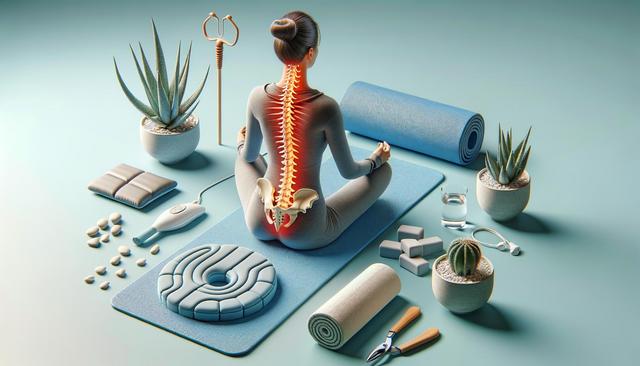Understanding Sciatica and Its Causes
Sciatica is not a condition in itself, but a symptom of an underlying issue affecting the sciatic nerve. This large nerve runs from the lower back through the hips and down each leg. When compressed or irritated, it can lead to sharp, shooting pain, numbness, or tingling sensations along the nerve pathway. Common causes include herniated discs, spinal stenosis, and degenerative disc disease. Recognizing the root cause is essential for choosing the appropriate Sciatica Pain Treatment.
In many cases, sciatica is linked to poor posture, prolonged sitting, or improper lifting techniques. Addressing these lifestyle factors early can help prevent recurring episodes. For chronic sufferers, a combination of medical evaluation and targeted therapies often provides effective Nerve Pain Relief.
Non-Invasive Treatment Options
Many individuals find significant Sciatica Relief through non-invasive methods. These treatments focus on reducing inflammation, relieving pressure on the nerve, and promoting natural healing. Here are a few widely used conservative approaches:
- Physical Therapy: Tailored exercises improve flexibility, strengthen core muscles, and correct posture issues.
- Hot and Cold Therapy: Alternating between heat and ice packs can reduce inflammation and ease pain.
- Over-the-Counter Medications: Nonsteroidal anti-inflammatory drugs (NSAIDs) can help manage mild to moderate discomfort.
These methods are often the first step in a Back Pain Solution plan. They offer relief for many patients and can reduce the need for more invasive procedures when applied consistently and correctly under professional guidance.
Advanced Medical Interventions
For those who do not respond to conservative treatments, advanced medical interventions may be necessary. These include:
- Epidural Steroid Injections: These injections deliver anti-inflammatory medication directly to the affected area, offering temporary but significant Nerve Pain Relief.
- Prescription Medications: In some cases, muscle relaxants or nerve pain medications may be prescribed to manage symptoms more effectively.
- Minimally Invasive Procedures: Techniques like microdiscectomy can relieve pressure on the sciatic nerve with reduced recovery time compared to traditional surgery.
These interventions are typically considered when Lower Back Pain and sciatica symptoms persist despite several weeks of conservative care. A thorough medical evaluation is crucial before pursuing these options to ensure they align with the specific cause and severity of the condition.
Lifestyle Adjustments for Long-Term Relief
While short-term relief is important, long-term Sciatica Relief often depends on making sustainable lifestyle changes. These adjustments can help minimize the risk of recurrence and support overall spinal health. Key strategies include:
- Maintaining a Healthy Weight: Excess weight can place additional stress on the spine and contribute to nerve compression.
- Ergonomic Workspaces: Adjusting chair height, monitor placement, and desk setup can improve posture and reduce strain.
- Regular Physical Activity: Low-impact exercises, such as walking, swimming, and yoga, can strengthen the back and core muscles.
Incorporating these habits into daily life provides a proactive approach to managing and preventing Lower Back Pain. Consulting with a physical therapist or spine specialist can help tailor these strategies to individual needs and conditions.
When to Seek Professional Help
While many cases of sciatica resolve with conservative care, certain symptoms require prompt medical attention. Seek professional guidance if you experience:
- Persistent or worsening pain after several weeks
- Loss of bowel or bladder control
- Severe weakness or numbness in the leg
These signs may indicate a more serious underlying condition that necessitates immediate evaluation. A healthcare provider can assess the situation and recommend appropriate Sciatica Pain Treatment options, including diagnostic imaging or referral to a specialist.
Timely intervention not only improves outcomes but may also prevent permanent nerve damage. If you’re unsure about the severity of your symptoms, it’s always wise to consult a medical professional for personalized advice and Back Pain Solutions.
Conclusion: Taking Control of Your Recovery
Sciatica can significantly interfere with daily life, but effective treatments are available to help alleviate pain and restore mobility. From non-invasive therapies to more advanced medical interventions, a multi-faceted approach often yields the best results. Understanding your options and working with healthcare providers can lead to long-lasting Sciatica Relief.
If you’re struggling with Lower Back Pain or nerve-related discomfort, consider exploring a personalized treatment plan. Whether it’s through physical therapy, lifestyle changes, or professional medical care, there are proven Back Pain Solutions that can support your journey toward recovery.




Leave a Reply